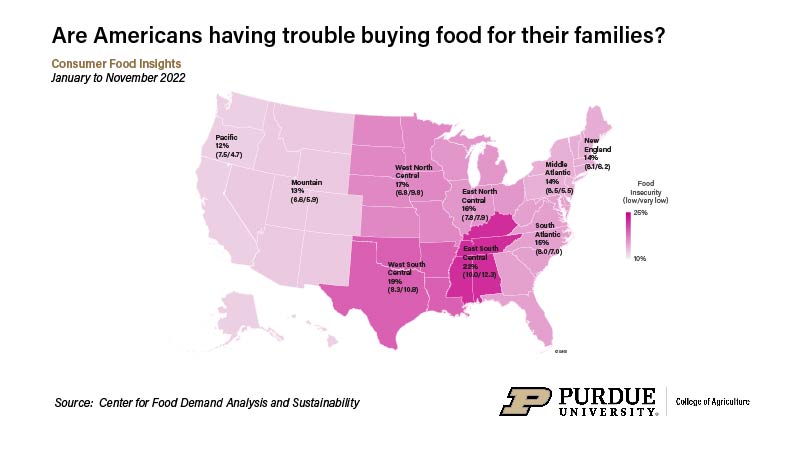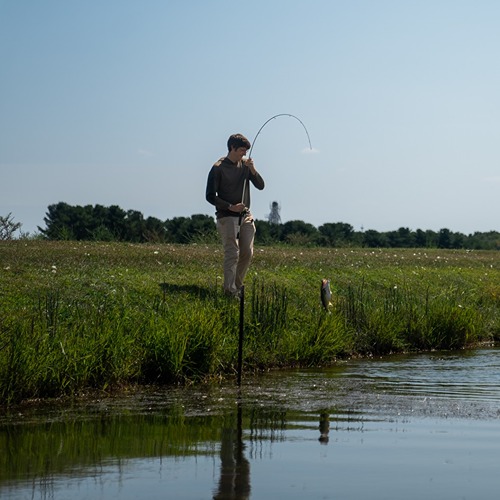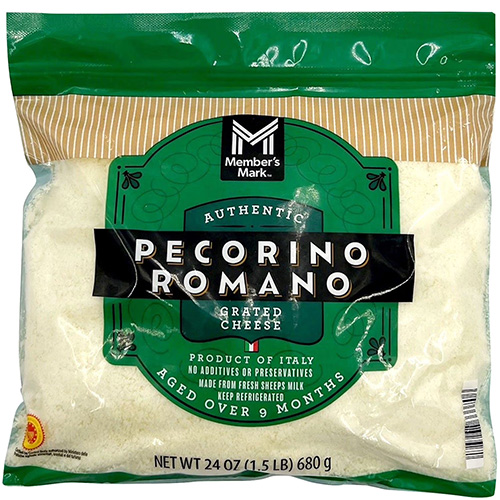November Consumer Food Insights Report examines regional attitudes
Fairly stark regional differences about food spending emerged last month among surveyed U.S. consumers. However, similarities in food values also appear at the regional level, both according to the newly released Consumer Food Insights Report.
The survey-based report out of Purdue University’s Center for Food Demand Analysis and Sustainability assesses food spending, consumer satisfaction and values, support of agricultural and food policies, and trust in information sources. This month’s report looked closely at how respondents answered survey questions based on their geographic region.
“The regional differences are not surprising,” said Jayson Lusk, the head and Distinguished Professor of Agricultural Economics at Purdue, who leads the center. “The West and Northeast are generally higher-cost and higher-income areas, so we would expect them to spend more on food.”
Nationally, however, the survey indicated a plateau in grocery spending since May. This effectively translates to a decline in the value of food purchased, because overall, food prices have risen at a rapid pace throughout the year.
“There is a similar story for spending on restaurants, but this area still appears fairly robust. We will watch closely for further declines,” Lusk said.
This month’s report, like last month’s, included questions from a survey that a Tufts University researcher posed to a group of food and nutrition experts. When asked about the best approaches to nutrition, both the public and the experts ranked excise taxes last, followed by market regulations.
“Both the general public and the experts favor carrots over sticks with regards to policies that might improve nutrition among Americans,” Lusk noted.
Purdue experts conducted and evaluated the survey, which included 1,200 consumers across the U.S.
Additional key results include:
- Households closer to the coasts are spending much more per week on food.
- Households farther from the coasts are experiencing higher rates of food insecurity.
- National food insecurity remains unchanged heading into the holidays.
- Intraregional differences in food behaviors demonstrate that broad geographic labels like Northeast vs. South are unhelpful for comparing the food preferences of Americans.
- Americans primarily blame reduced physical activity for the rise in national obesity rates and rank better access to food as their top policy priority for improving overall health.
“As in previous months, we emphasize that food insecurity has not moved, according to our measure,” said Sam Polzin, a food and agriculture survey scientist for the center and co-author of the report. “We show that the share of people visiting food banks backs up this reading of food insecurity. Again, however, we also want to be clear in recognizing that different groups have different experiences.”
 Household Food Security by U.S. Region, January - November 2022
Household Food Security by U.S. Region, January - November 2022 The East South Central region stands in a much worse position relative to areas like New England. And, if they are not already facing greater burdens because of inflation, they will be the first to need to cut back on their quantity and quality of food, Polzin said.
The November report’s “Consumer Behaviors” section identifies some notable differences between adjacent regions, such as West North Central vs. East North Central, and East South Central vs. South Atlantic. They could reflect a rural-vs.-urban issue, Polzin said, because populations in the West North Central and East South Central regions appear to have a larger share of rural households.
Lusk further discusses the report in his blog.
The Center for Food Demand Analysis and Sustainability is part of Purdue’s Next Moves in agriculture and food systems and uses innovative data analysis shared through user-friendly platforms to improve the food system. In addition to the Consumer Food Insights Report, the center offers a portfolio of online dashboards.





